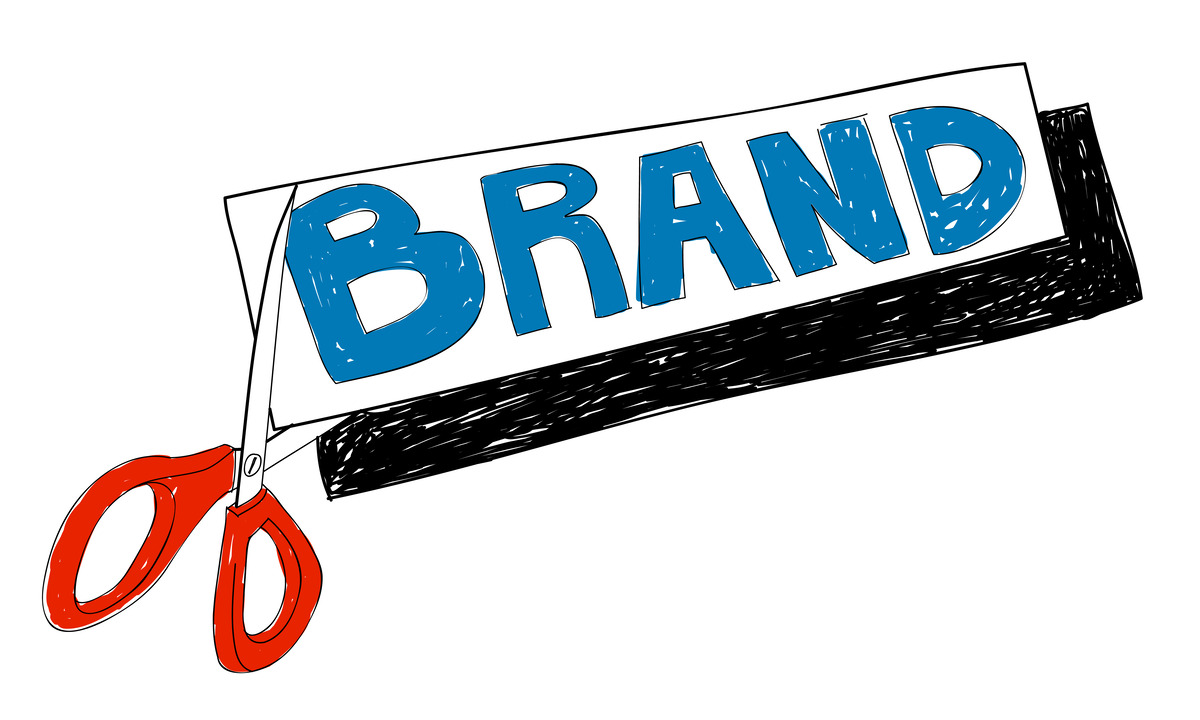Overview
When it comes to branding, a company’s logo serves as its representative. It’s the visual cornerstone that captures a brand’s essence in a single symbol, representing its values, personality, and promise. It’s critical for content writers exploring the field of brand identification to comprehend the subtleties of logo design. Let’s examine the many facets of logo design and how important it is to creating a memorable brand identity.
First Impressions Matter
Initial Impression Counts In the field of branding, the proverb “you never get a second chance to make a first impression” is particularly relevant. The first point of interaction between a brand and its audience is a well-designed logo. The visual cue is what draws interest and establishes the groundwork for additional interaction.
Symbolism & Meaning
A logo’s colours, font, shapes, and images, among other elements, are all inherently symbolic. The brand’s ideals and goals are reflected in these carefully chosen elements, which are meant to resonate with the target audience. For example, the choice of bold colours may imply Vigor and energy, while elegant font may suggest elegance and professionalism.
Memorability and Recognition
A successful logo is one that sticks in customers’ minds and stands out among a crowded field of rivals. Consider recognizable logos like Apple’s bitten apple or Nike’s swoosh, which are straightforward yet memorable designs that have come to represent their respective companies. It takes careful balancing between simplicity and distinctiveness to achieve such memorability.

Versatility and Adaptability
A logo needs to be both versatile and adaptable in the fast-paced market of today, where brands engage with customers through a variety of touchpoints. A well-designed logo maintains its integrity and intelligibility whether exhibited on various platforms and sizes, be it a billboard, internet, or product packaging. Important factors in logo design are scalability, color variations, and adaptation to print and digital media.
Emotional resonance
A logo has the ability to arouse feelings and establish a deeper connection with customers than just its visual appeal. It makes contact with the subconscious, arousing sentiments of hope, nostalgia, and trust. For example, a historical brand can use components that evoke a feeling of tradition and heritage in order to build consumer confidence and dependability.
Differentiation and positioning
To stand out from rivals and forge a unique identity in a competitive market, differentiation is essential. A strong tool for uniqueness, a well-designed logo conveys what makes a company unique and why it should be noticed by consumers. It is in line with the positioning approach of the brand, highlighting its distinct value proposition and appealing to the intended market.
Longevity & Timelessness
A timeless logo stands the test of time, continuing to be significant and effective over generations, as trends come and go. It stays true to itself despite passing trends and changing tastes and preferences. It takes a profound comprehension of design principles, cultural background, and the brand’s enduring values to create something so ageless.
Cohesion and Consistency
The cornerstone of a cohesive brand identity is consistency, with the logo acting as the connecting thread between different brand components. When a logo is used consistently, whether it be in size, placement, or colour scheme, it helps people remember the brand and builds familiarity and trust.
Conclusion
In conclusion, it is impossible to exaggerate the role that logo design plays in defining a brand’s identity. It is more than just a decorative element; rather, it is a tactical tool that captures the spirit of a company and builds deep relationships with customers. Knowing the subtleties of logo design as a content writer gives you the ability to explain the meaning behind the logo and its significant influence on brand identification and perception. You may assist your clients in creating a memorable brand identity that appeals to their target market by exploring the symbolism, adaptability, emotional resonance, and other aspects of logo design.


